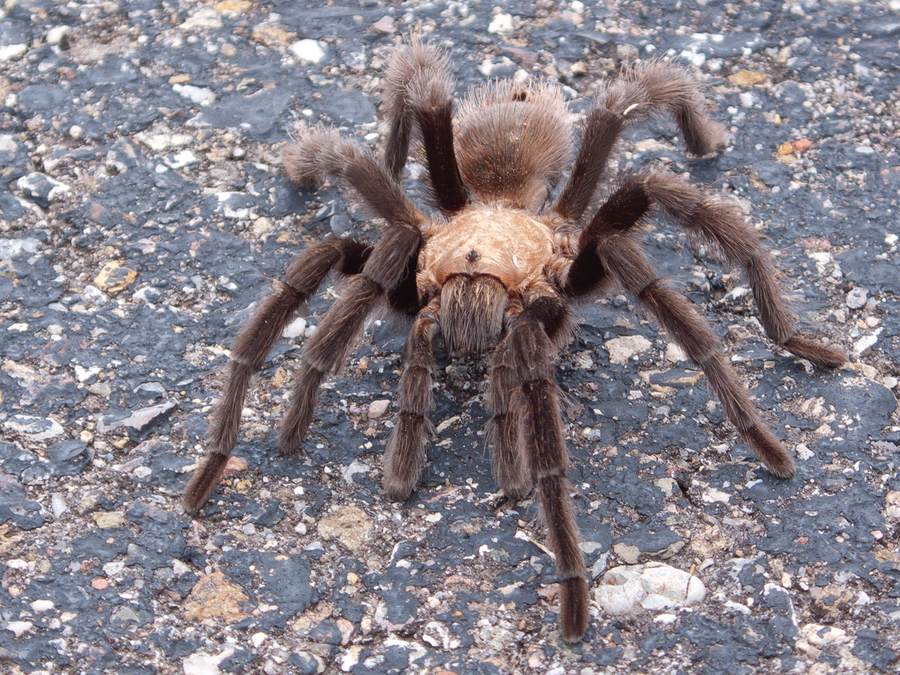The fish you’re referring to is the Pacific viperfish (Chauliodus macouni). This deep-sea predator indeed boasts an impressive 555 teeth in its mouth, far exceeding the number found in a great white shark. The Pacific viperfish is capable of utilizing these teeth to capture prey in the dark depths of the ocean, where it resides. With its long, needle-like teeth and bioluminescent lure dangling from its lower jaw, the Pacific viperfish is a formidable predator in its habitat. In this fun and exciting episode, we’ll delve deeper into the fascinating world of this dangerous and toothy fish.

In this issue, we’ll explore not only the scariest river monsters to stay away from but also the most fascinating and incredible facts about fish and river monsters that you may not have known before. From the toothiest creatures in the world to the incredible ancestors of piranhas, and even amazing mythical monsters, we’ll cover it all. Get ready for a journey into the depths of rivers and streams, where incredible creatures lurk and myths come to life.

With Smart Pizza by your side, get ready for an intriguing, informative, and thrilling top issue! We’ll dive into the world of dangerous catfish, creepy pikes, and fish that even crocodiles are afraid of. Discover the most dangerous fish with 555 teeth in its mouth and learn about the most terrifying river monsters in the whole world. Stay tuned for a captivating journey through the depths of rivers and streams, where incredible creatures await.

The Pacific grouper, with 555 teeth, shows a high rate of tooth loss. They lack typical tooth structures and instead have hundreds of sharp, microscopic teeth covering their mouth and palate. These predatory fish, found in the northern Pacific Ocean, can reach lengths of up to 50 cm or even 1.5 meters.

Behind the main jaw, the Pacific grouper possesses another auxiliary jaw known as the pharyngeal jaw, which it uses similarly to how humans use molars.
An animal’s teeth can provide insights into its diet and behavior. Primary teeth are particularly abundant in the fossil record, providing valuable information about various species, as noted by Cohen.

Fish naturally lose a significant number of teeth over time, but the challenge Cohen poses is determining the exact rate of tooth loss in Pacific groupers.
To address this question, Cohen and Emily Carr, biology students at the University of South Florida, conducted an experiment. They raised 20 Pacific groupers at the University of Washington lab.
Due to the small size of grouper teeth, determining the rate of tooth loss proved difficult. To overcome this obstacle, they placed the groupers in a red tank to stain the fish’s teeth, allowing for easier observation and tracking of tooth loss over time.

After transferring the fish to a blue tank for another staining session, Carr placed the tooth bones under the microscope. She then calculated the ratio of red-stained teeth to blue-stained teeth to the total number of teeth present in the mouth of the grouper. Through this process, she counted more than 10,000 lost teeth from the 20 fish.
From these observations, they concluded that this fish loses an average of about 20 teeth per day. Interestingly, teeth that grow in the oropharynx region fall out much faster than those in other parts of the mouth.





